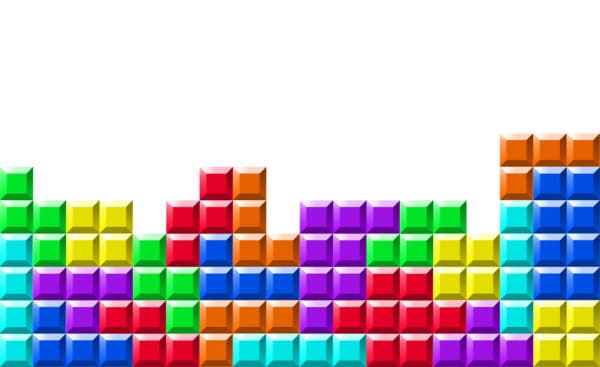
 It’s been repeatedly voted as standing amongst the greatest video games of all time. And a Canadian study confirmed that its effect goes beyond mere fun and games.
It’s been repeatedly voted as standing amongst the greatest video games of all time. And a Canadian study confirmed that its effect goes beyond mere fun and games.
On June 6, 1984, Tetris, the tile matching puzzle game that had people staring at small handheld screens before it was fashionable, was released on the Commodore 64 and the IBM PC. It has since been ported to most every platform imaginable, with most now downloading it onto their smartphone. By January of 2010, the game had sold a whopping 170-million copies.
Tetris was a product of the Cold War, designed by Russian artificial intelligence researcher named Alexey Pajitnov, who was working for the Soviet Academy of Sciences at their Computer Center in Moscow.
According to researchers, playing Tetris can help cure addiction, aid with symptoms of post-traumatic-stress disorder and, according to a 2013 Canadian study, cure lazy eye.
While anyone who has played Tetris can testify to the addictive qualities of landing oddly shaped polygons into something resembling order, the game has actually built a part of its legend on the back of its reputed health benefits.
That’s right, according to researchers, playing Tetris can help cure addiction, aid with symptoms of post-traumatic-stress disorder and, according to a 2013 Canadian study, cure lazy eye.
A study in the journal Addictive Behaviours was titled nothing less than “Playing Tetris decreases drug and other cravings in real world settings”
“Playing Tetris for three minutes decreased craving strength for addictive substances (nicotine, caffeine, and alcohol), food and drink, and other cravings (e.g., sex, gaming, exercise, and social interaction) by 13.9 percentage points — approximately one-fifth — throughout the seven-day study period,” noted the authors of the U.K-based study.
The more recent Canadian study found a company separate effect: Tetris was better than currently used methods such as eye-patching for helping those with the common condition of a lazy eye.
It shows how our minds are organised around goals and that our memory is not just a filing system where information is passively stored, but it adjusts dynamically according to our purposes.
“When we get the two eyes working together, we find the vision improves,” said McGill University’s Dr Robert Hess. “It’s much better than patching, much more enjoyable, it’s faster and it seems to work better.” The study, published in the journal Current Biology in 2013 tested a group of 18 adults.
Other researchers aren’t concerned with the health benefits of Tetris at all, they simply want to know what makes the game so addictive.
Dr. Tom Stafford, of the University of Sheffield’s Department of Psychology, says the game scratches a mental itch that is universal: a need to tie up all the loose ends in a life of undone tasks.
‘It shows how our minds are organised around goals and that our memory is not just a filing system where information is passively stored, but it adjusts dynamically according to our purposes,” he says.
Leave a Reply
You must be logged in to post a comment.




 Share
Share Tweet
Tweet Share
Share




Comment